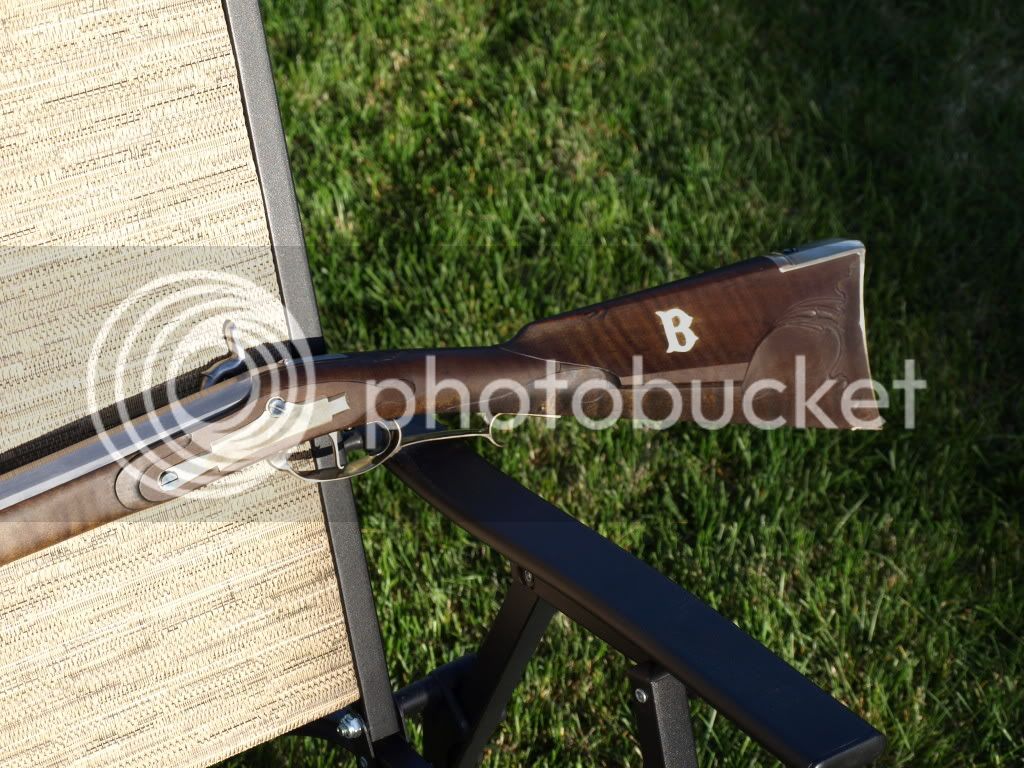ApprenticeBuilder
58 Cal.
- Joined
- May 27, 2006
- Messages
- 2,528
- Reaction score
- 189
Any of the craftsmen here have experience working with ivory, as inlays and such where the piece will ultimately be stained when finished.



I can't take credit, I copied the carving of George Schroyer's rifle in "The Gunsmith of Grenville County" by Peter Alexander.gblacksmith said:Wow....very nice buttstock. I like the scalloping of the cheekpiece